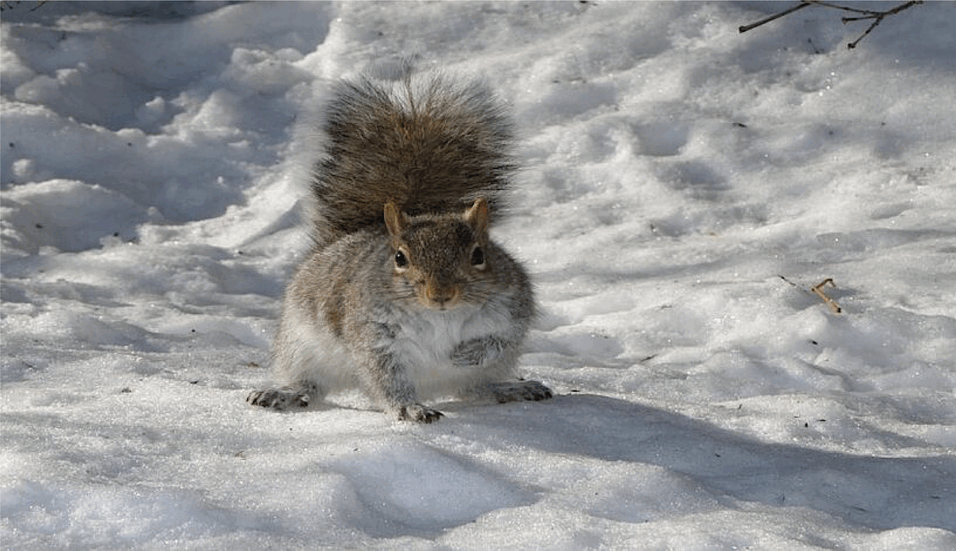Foreign species, often introduced by humans, cause enormous damage in Europe every year. Their spread can have negative effects on local biodiversity and is accelerated by climate change. In an international study, with participation of Franz Essl from the University of Vienna and his team of biologists, shows the effects of several invasive mammal species on European ecosystems. The study was published in the current issue of the journal “Mammal Review”.
Raccoon, mink, grey squirrel or coypu; they may seem like harmless little animals but they have one thing in common: They are not native to Europe. They have been introduced by humans as pets or for the pelt industry and have spread rapidly all over Europe in the last decades. Their spread can have detrimental effects on local ecosystems, as well as on humans because they replace local populations and can carry diseases. The American mink for instance, has already brought the European mink to the brink of extinction. Despite international and EU-wide efforts invasive mammal species are still spreading all over Europe. To document this, the researchers did a comprehensive literature analysis of the 16 most common invasive mammal species regarding their spread and the effects of their presence on the local ecosystem.
The spread of invasive species is accelerating
„Even though fewer mammals have been released in the last 50 years, the invasive species that are already here are spreading at a faster rate”, explains Lisa Tedeschi, the main author of the study. The most common invasive mammals that are spreading in Europe are the east-Asian raccoon dog and several north-American species: the muskrat, mink and raccoon. “Nowadays, all of these species can also be found in Austria” says Franz Essl of the University of Vienna. “with the exception of the muskrat, that had already been present for a very long time, all of the other species have only started to spread around the year 2000”. Climate change plays a substantial role in this because so far, hard winters have hampered the spread of species like the raccoon and the coypu.
Five species of invasive squirrels are especially widespread in Europe. The grey squirrel, native to the British Isles, has almost completely replaced the native squirrel species. Even in northern Italy it has spread considerably, hence it is only a matter of time before it arrives in Austria. “Time and again, exotic squirrels have been illegally released in city parks” says Lisa Tedeschi. But thanks to bans and information campaigns such releases decreased in the recent years.
Invasive mammals can contract diseases
The role of mammals as potential disease vectors, that can contract pathogens to humans, has gained considerable attention. “Of the 16 investigated mammal species, 13 are potential disease carriers”, underlines Franz Essl. The first place in this unsettling ranking goes to the raccoon who is known to be a host of more than 30 diseases that can be contracted by humans. In the current pandemic it was shown that also the mink can be a carrier for the Sars-Cov-2, which led to the culling of millions of minks in Denmark in early 2021.
For all these reasons it is important to prevent the introduction of new invasive species into Europe, as well as stop the further spread of those that are already here. The authors stress that in order to achieve this, a consistent execution of the regulations against the spread of invasive species in the EU needs to be implemented.
Publication in "Mammal Review"
Tedeschi L, Biancolini D, Capinha C, Rondinini C, Essl F (2021) Introduction, spread, and impacts of invasive alien mammal species in Europe. Mammal Review.

